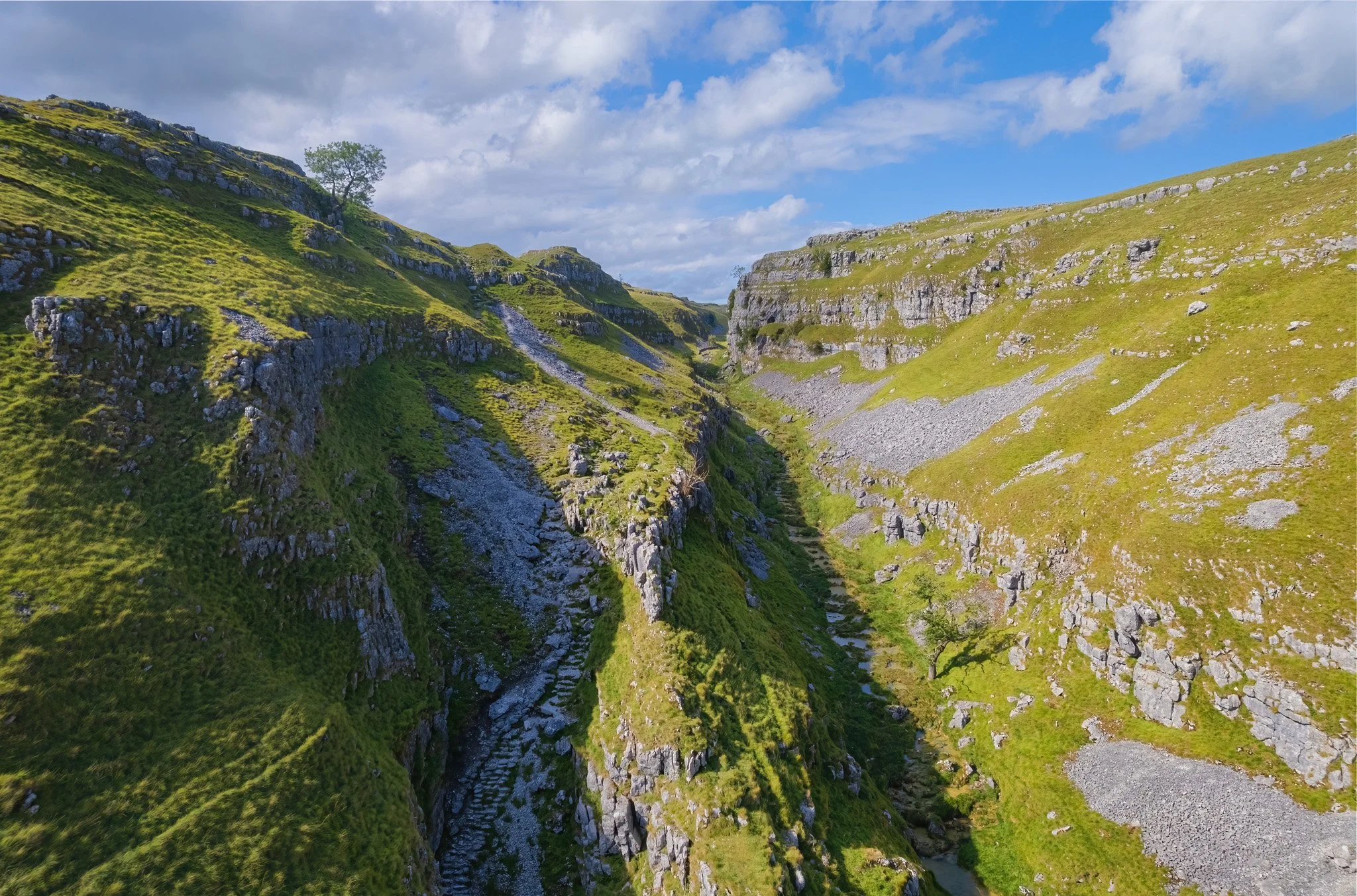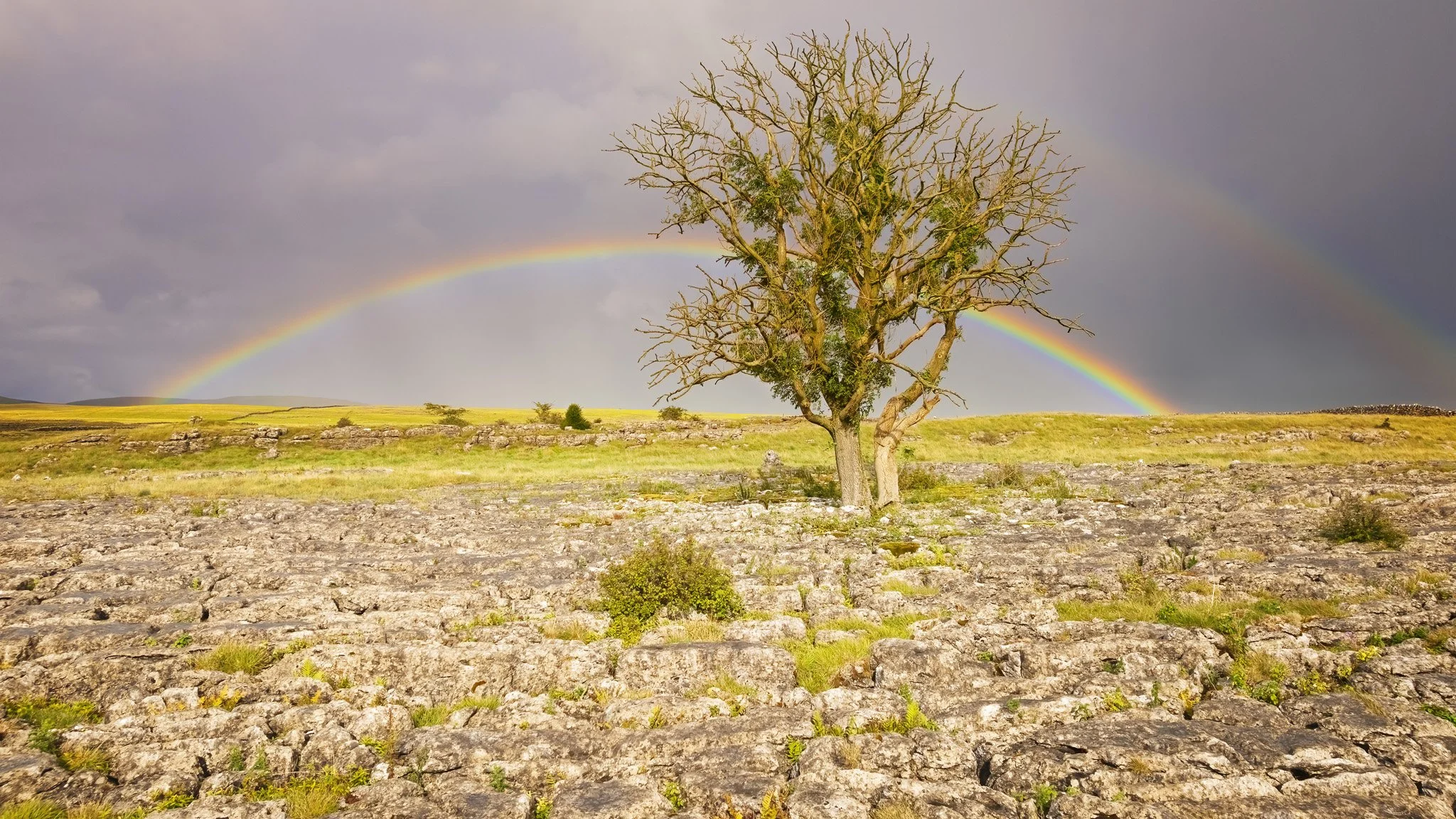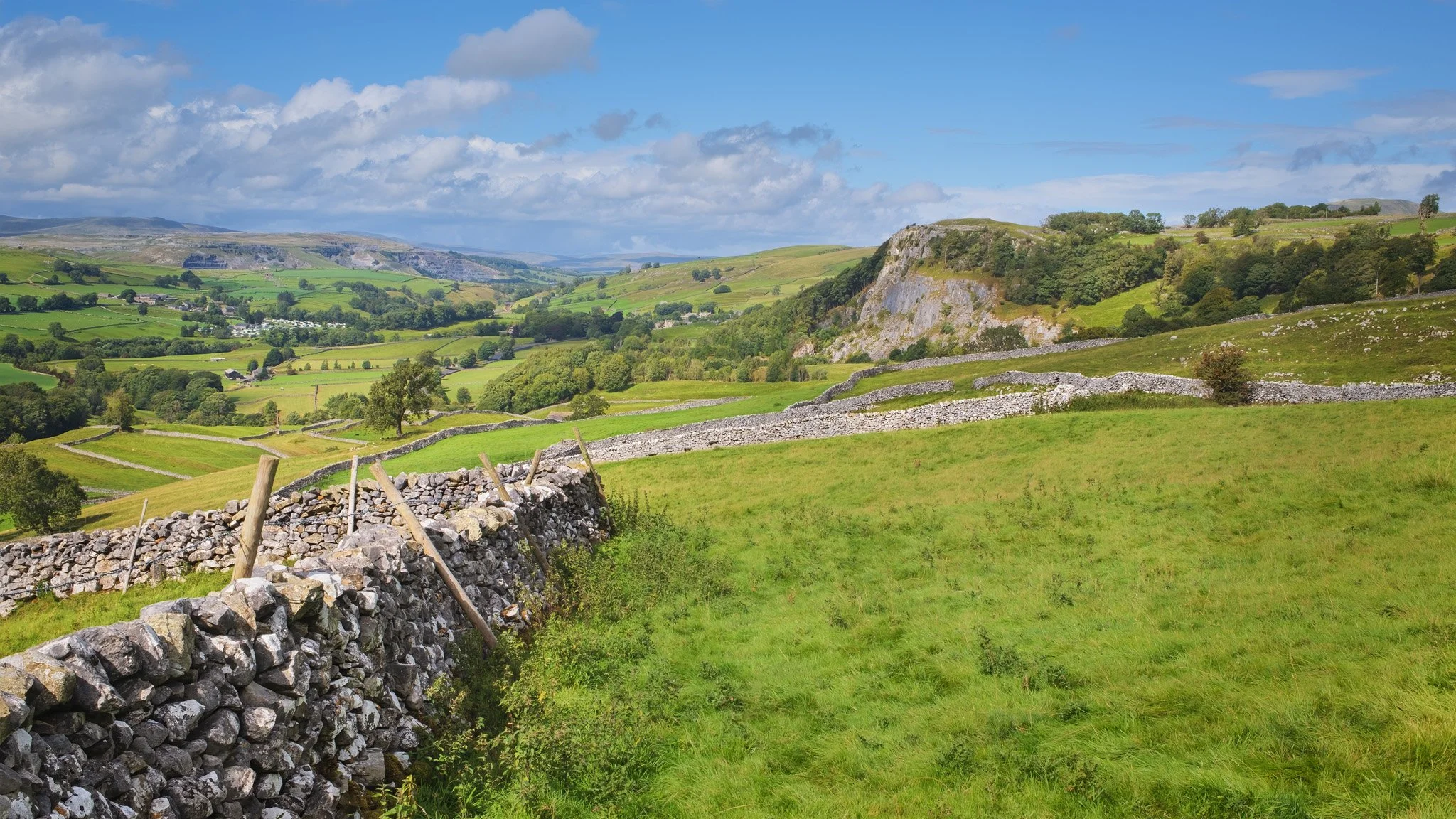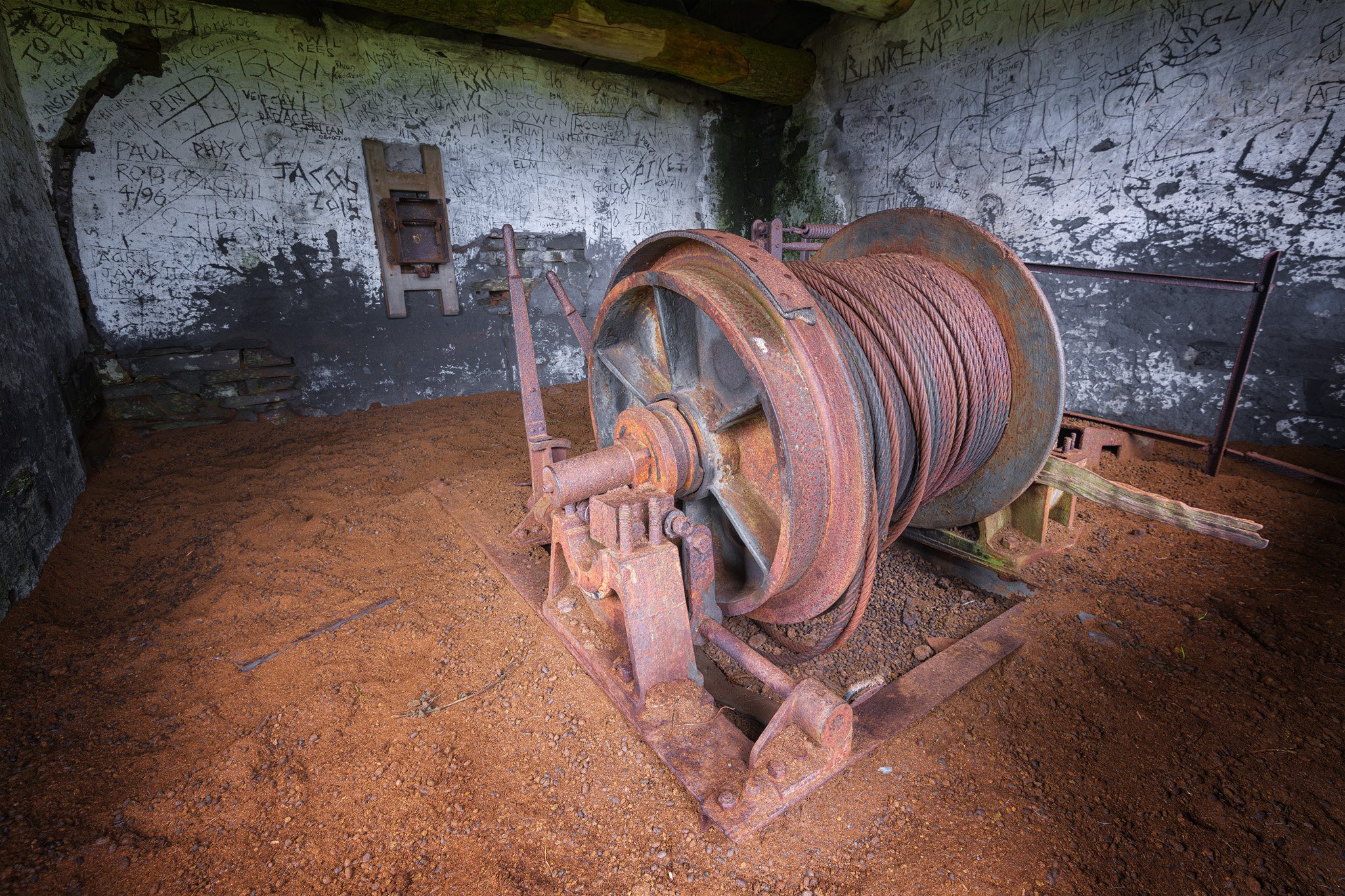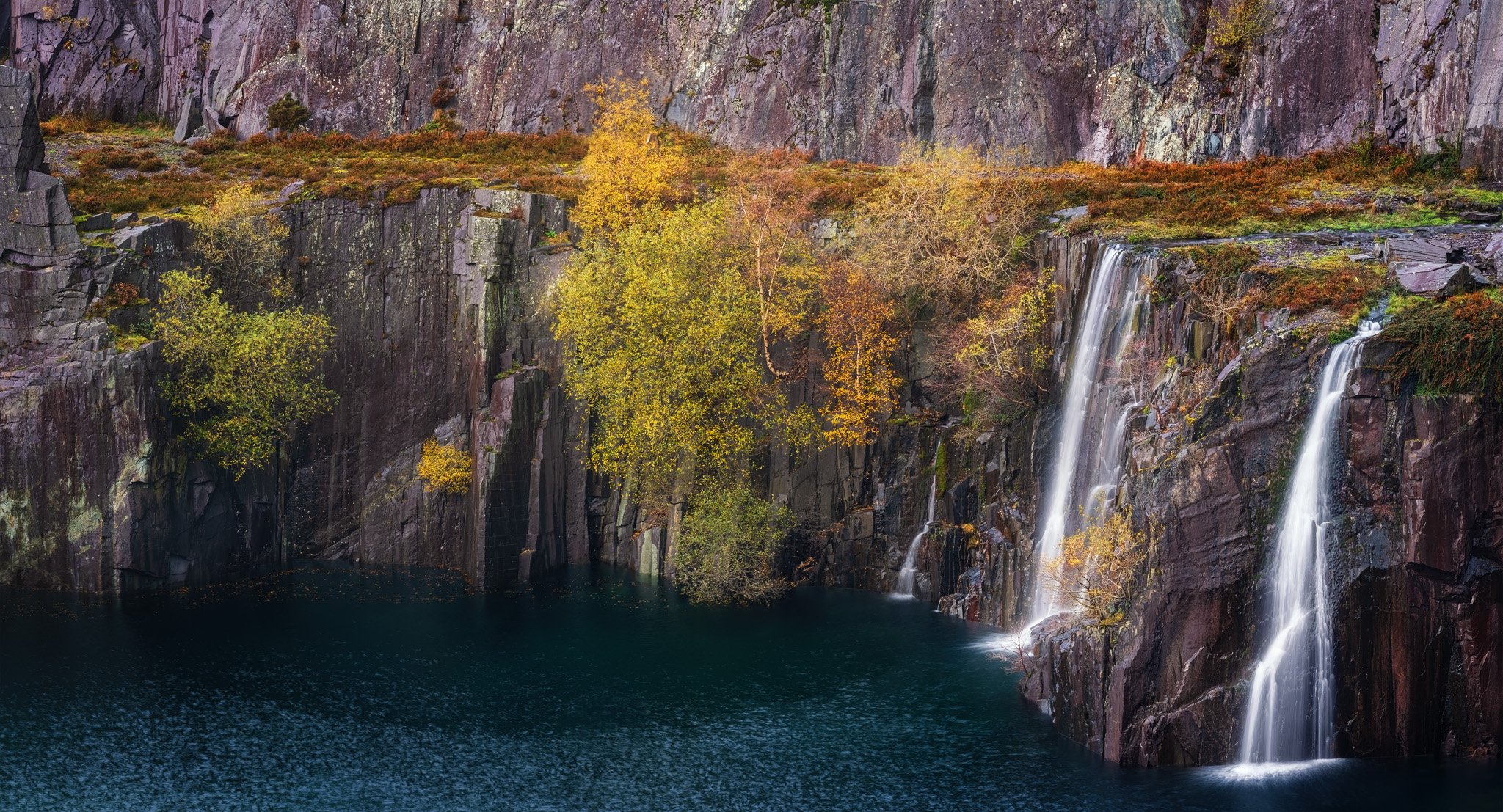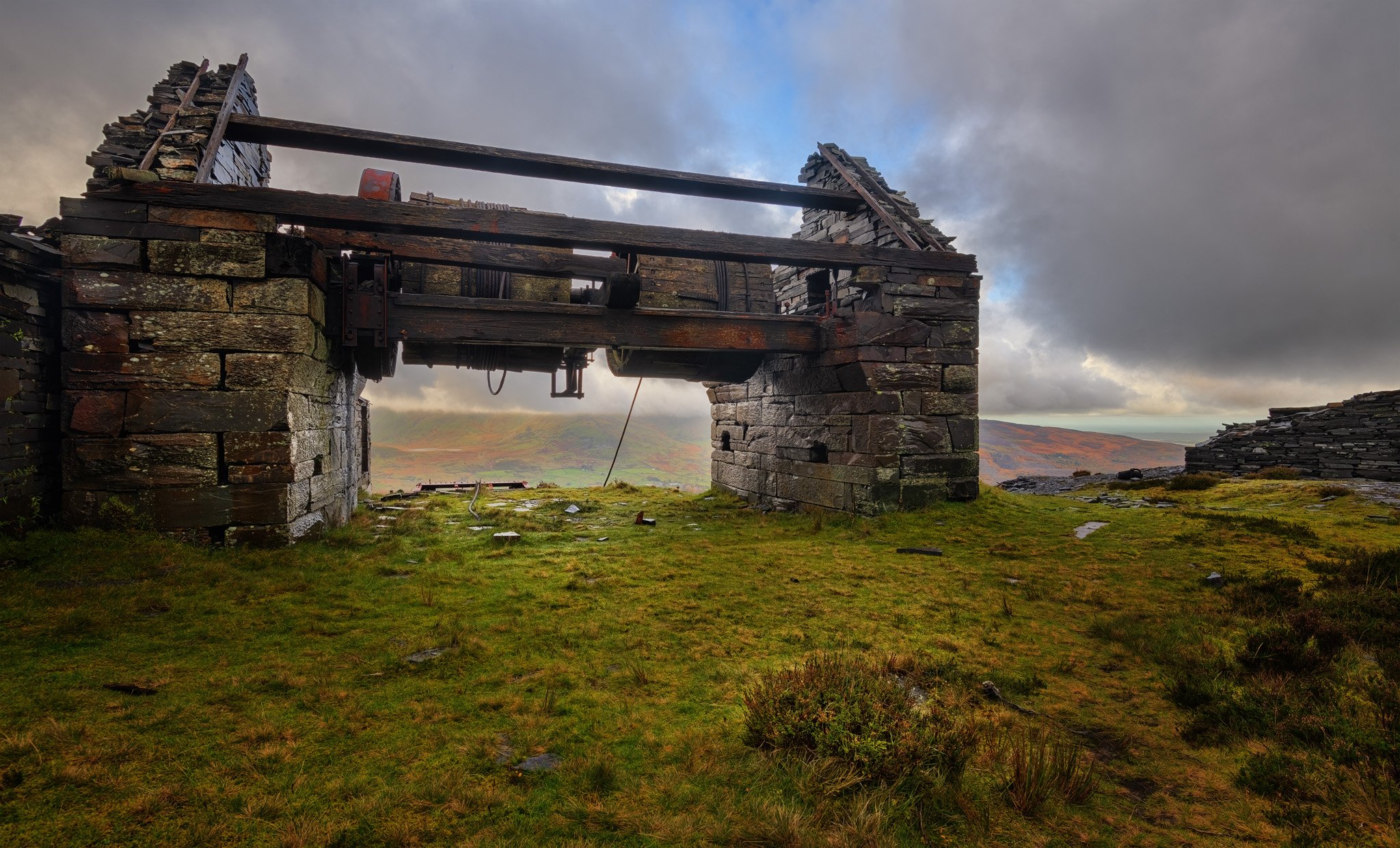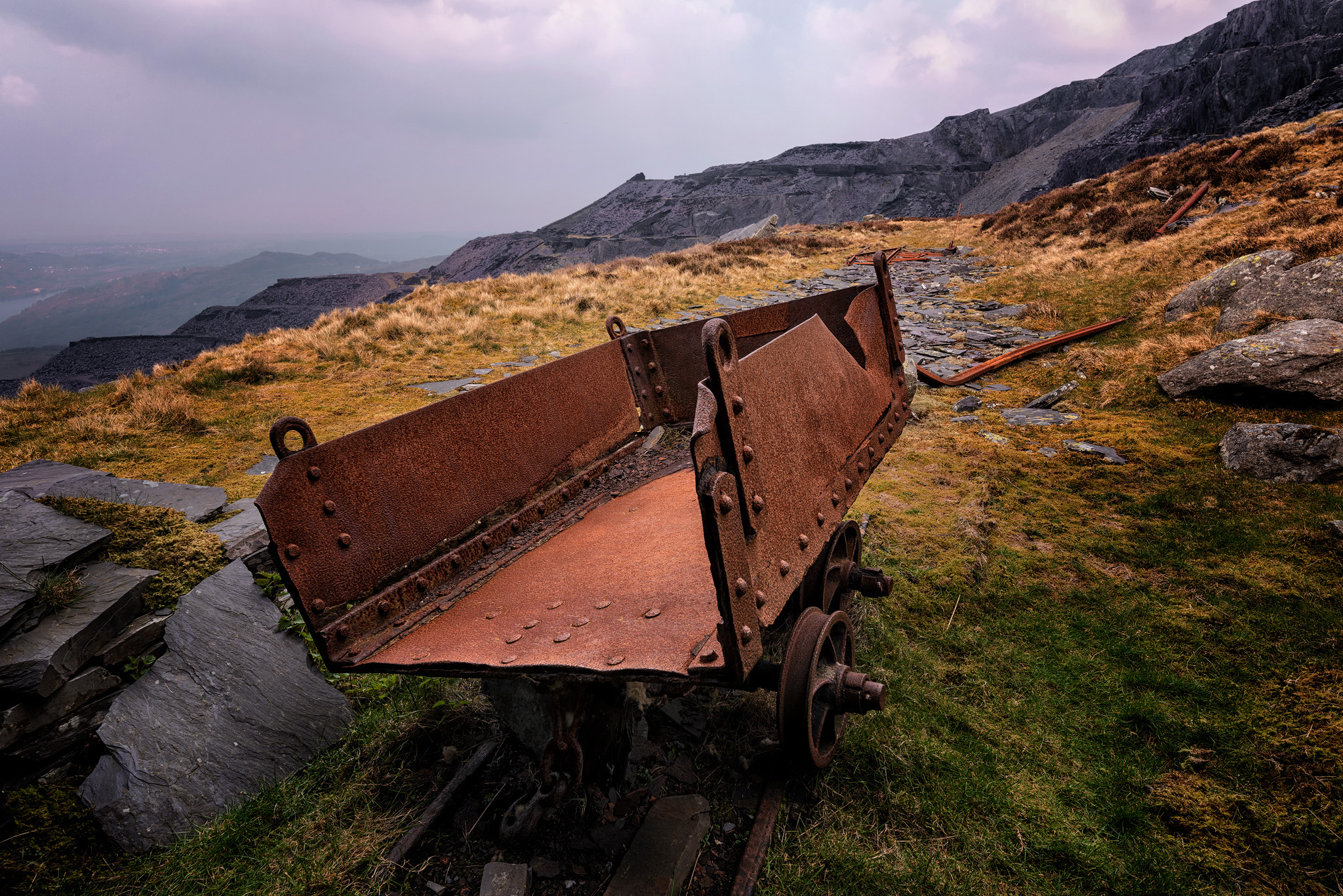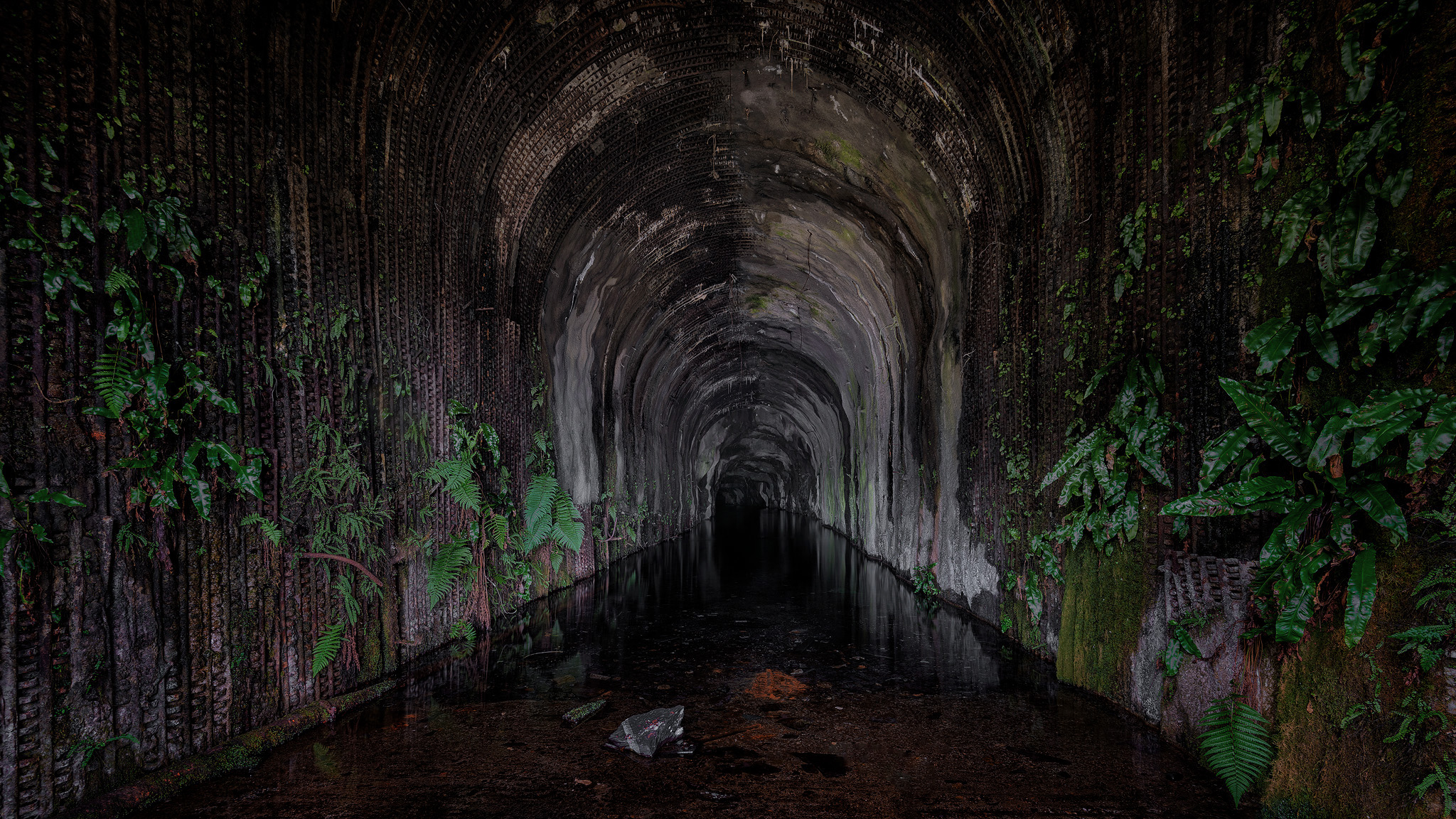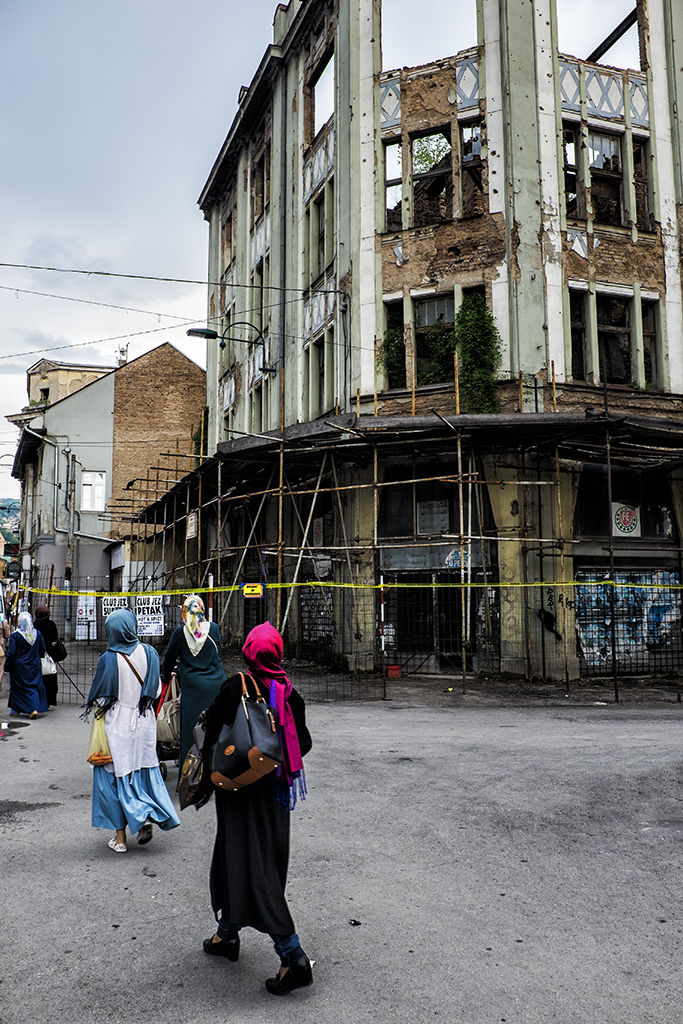I’m a big fan of using filters and find them indispensable for my type of photography, slide in ND filters, ND Grads, Polariser, the list goes on, quite often when I go out I’ll have a bag full of filters and sometimes even 2 systems to cover a super wide lens.
However one thing I have never used (until now) is an adjustable screw in filter, they don’t tend to get very good press and for someone like me who uses a dedicated slide in filter system they really aren’t going to be much use, or so I thought….
K+F Concept asked me if I would be interested in trying out their new 1-5 stop adjustable screw in filter to see what I thought of it, I must point out that I’m not affiliated to or employed by K+F in any way, and as such agreed to give an honest an unbiased view.
The first thing that strikes you about this product when it arrives it that is really does seem to be good quality, well packed in a stylish box, and it comes with a great sealed and padded hard protective case that will take some abuse outdoors, the filter itself seems very well made and the rotating movement of the outer element is extremely smooth and easy to use.
As with anything the proof is in the testing and I took it out on 2 recent trips with me to North Wales, and The Lake District.
————————————————————————————————————————————————
Actual Usage
A big issue with variable filters can be a dark ‘X’ mark evident in images where the the polarised light is at opposite ends of the filter, K+F say that is not the case with this filter and indeed it is a direct selling point on the website. In the images I took I found this to be the case, no signs whatsoever of any X (or other mark) from minimum filtration right through to maximum.
The other issues normally you could expect with many screw in filters is vignetting (darkening of the edges of the frame) on wide angle lenses, this is a very slim filter but even so I wanted to see how it performed on the Nikon 16-35mm lens on a full frame camera, 16mm on full frame is really the widest you will be able to go without requiring specialist equipment to mount any kind of filters to your lens, again the filter performed admirably with no vignetting at all - very useful and another box ticked.
Although they have many uses, as a mainly outdoor photographer, for me, ND filters in the range of 1 to 5 stops have 1 main use, water movement. This is where this filter comes into it’s own and I found it great to use, ideally with moving water where I want to show movement (but retain detail in the water) I will be looking for an exposure time of around 0.8 - 2 seconds, any longer and I would be looking for a 6-10 stop filter. The beauty of this filter is that you can easily compose your shot with the filter in place, focus with the filter in place, then simply turn it until you get your desired shutter speed, should you need to change your shutter speed for different effects in the water there’s no need to mess around removing filters and trying other ones - it’s simply a small turn of the filter. In fact it’s so easy there’s no reason not to take shots using different speeds to select later or even to combine for different areas of the final image where water flow may differ in the scene. With 1-5 stops you are not going to see much cloud movement in the sky at most times of day, which is why I say this filter is best suited for moving water images.
Colour - sometimes with ND filters you will get a colour cast to the images, I didn’t have a problem with this one at all, if anything there was maybe a slight warmth but if you are shooting in RAW it isn’t a problem anyway and so easy to correct, however I didn’t feel the need do any correction.
Conclusion and thoughts
I think this is a great little bit of kit, and I say little as that’s exactly where it’s strength is, even in the filter case it’s so easy to just slip into your jacket pocket, I often shoot in the middle of rivers or streams and going back and forward to the riverbank if you need to change filters can be troublesome, as can applying or changing over filters in the water, not to mention the chances of dropping and breaking them on rocky areas. With this one I can simply apply it to the camera before I take it out of the bag and that’s that done..
Another occasion in the Lakes I had a very small amount of time to capture an image I had spotted, the set up with this filter was so quick it allowed me to get the shot, something I wouldn’t have had time to do with a full filter system setup. A fellow photographer who was in the Lakes with me also had a variable ND with him which he uses on his vlogging video camera, we compared the 2 filters side by side and it was clear that this one was far better.
There will be times where this filter isn’t suitable for images I’m taking, for instance where I want to combine or ‘stack’ filters like a polariser and ND grads as this will start to introduce vignetting, but that’s not a problem as I don’t see it as a replacement for my other filters, but I do see it as a great solution where I need a travel filter, where I’m walking long distances and need to travel very light, and as mentioned before where I have very limited time and need a super quick setup, I honestly can’t fault it, and for the price ( around £50) it will be a great addition to anyone’s camera bag (or indeed pocket), no matter if you are a beginner or a seasoned photographer. Would I buy one ? - Yes, anything that meets my needs and adds to my flexibility, while also saving me weight on longer trips is a no bainer.
A link to the filter on the website can be found below, it comes in various filter sizes, if you are buying one, my tip would be to buy the one with the diameter of your biggest lens, you can always buy step down rings for other lenses but you can’t use a smaller filter on bigger diameter lenses.
https://www.kentfaith.com/82mm-filters/KF01.1064_82mm-nd2-nd32-variable-nd-filter-18-layer-multi-coated-glass
I’ve included a few images I’ve shot using this filter, images taken using the Nikon D810 & Nikon 16-35mm F/4 lens.


